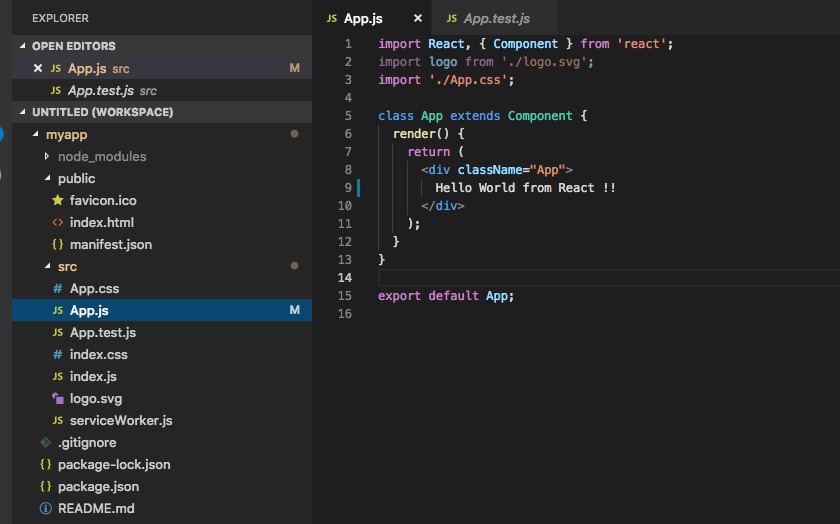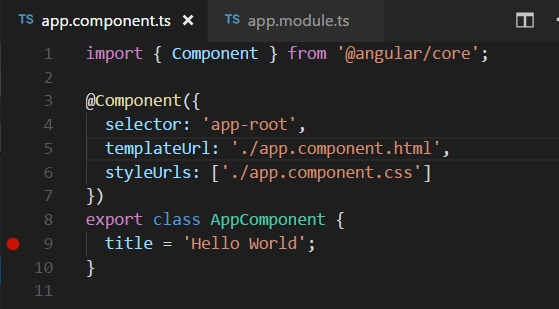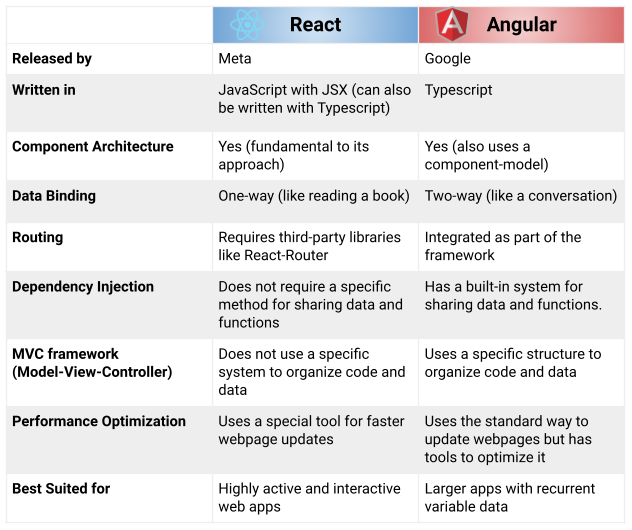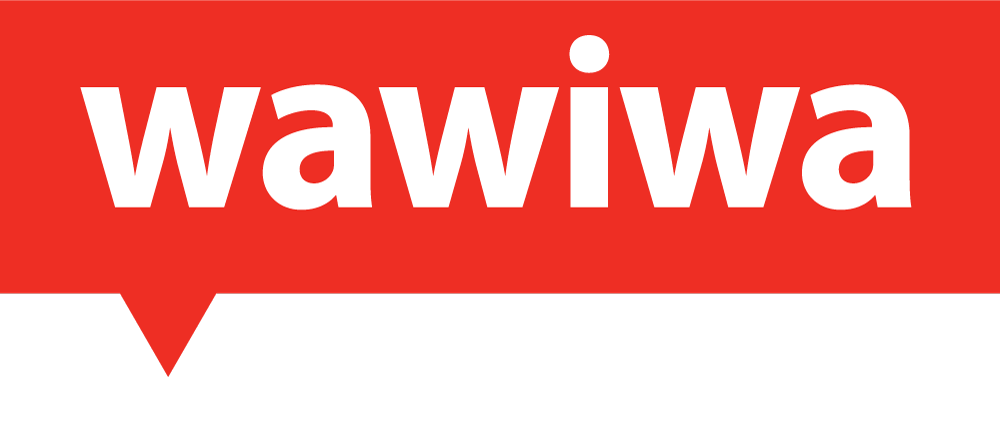Picture this: It’s the Tech Oscars. The red carpet is rolled out. All eyes are on two titans battling for the Frontend Award: React and Angular. But wait! Why is everyone from startups to tech giants so obsessed with these two? For anyone, techie or not, curious about these two, today we’re diving into the world of frontend frameworks. We’ll clarify their core concepts and highlight what truly sets React and Angular apart.
Simple Breakdown of React and Angular
It’s essential to know what React and Angular really are and why they’re so talked about, even if tech jargon feels like a foreign language to you.
React: Imagine a giant Lego set. Each piece, or “component,” can be used to build something bigger. React, a brainchild of Facebook, functions similarly but in the online world. Instead of creating web pages from scratch every time, developers use React to build bits of web pages (like Lego blocks) and then fit them together. This approach allows websites to feel smooth, quick, and interactive.
Angular: Now, think of a Swiss Army knife – a single tool that has everything you need. Angular, created by Google, is the Swiss Army knife for web developers. Instead of just offering a way to build parts of web pages, like React, Angular provides an all-in-one solution to create entire websites. It comes with built-in tools and features that make web development streamlined and comprehensive, ensuring that everything from the animations you see to the buttons you click work seamlessly together.
React and Angular are used by many developers and companies around the world for creating web applications and projects. Some renowned examples of apps built with React include Instagram, Facebook, Netflix, Airbnb, and Uber. On the other hand, apps built with Angular are headlined by giants like Google, YouTube, Gmail, Forbes, and PayPal.
At their core, both React and Angular are two popular JavaScript frameworks for frontend development. Angular, a gift to the tech world by Google in 2010, and React, developed by Jordan Walke at Facebook in 2011, are not just products of renowned companies; they rose to the spotlight due to their exceptional features. Their shared philosophy of a component-based architecture allows for modular and maintainable code. Additionally, their declarative syntax (a way of writing code that focuses on describing the desired outcome without explicitly outlining the steps to achieve it) makes writing and understanding the code more intuitive. Thanks to their focus on performance optimization and flexibility across various platforms, they’ve become the favorites in the toolkit of many developers.
React

Credit: TopJavaTutorial
Angular

Credit: Visual Studio Code
The Global Demand for React and Angular
As we navigate the digital landscape of 2023, React and Angular have emerged as two of the most utilized web frameworks among developers globally. 40.58% use React and 17.46% use Angular. Companies of all sizes, from fledgling startups to established tech giants, have recognized the strengths and capabilities of both React and Angular. React, known for its modular approach, offers flexibility and adaptability, making it a popular choice for various projects. Meanwhile, Angular, with its comprehensive toolset, caters to those seeking a more holistic solution, often favored for robust, interconnected platforms. Each has its own merits, and the preference often boils down to the specific needs and goals of a project, though React has seen a slight uptick in recent adoptions.
React seems to have more popularity than Angular according to some metrics, such as GitHub stars, downloads, surveys and web searches. This may be due to React’s flexibility, simplicity and performance advantages over Angular. However, the demand for skills in each framework may also depend on other factors, such as the project requirements, the developer preferences and the market trends.
In the dynamic world of web development, React continues to fortify its top position, thanks to its evolving features, tools, and a supportive community. Meanwhile, Angular, with its latest Angular 13 release, captures attention with improved performance, security, and an enriched developer experience. Its integration with Google products like Firebase and Material Design gives it a unique advantage. As both these titans advance, the web of 2023 promises richer experiences for both developers and users.
Choosing the Right Framework: Angular vs. React
When choosing between React and Angular, consider your project’s scope and needs. Angular is excellent for complex, feature-rich applications, with strengths in routing, testing, dependency injection (a technique to provide required resources to components), and data binding (syncing data between the user interface and business logic). Its support for TypeScript, a JavaScript extension, offers static typing, enhancing code quality and maintainability. This makes Angular appealing for developers aiming for solid and consistent solutions.
On the other hand, React is ideal for projects focusing on user interface and fast performance, suitable for simpler applications like landing pages or dashboards. It’s primarily a UI (User Interface) library promoting reusable components that render dynamically and efficiently. With the added advantage of being compatible with TypeScript, React stands out in its flexibility; developers can freely choose tools and libraries that best align with their project’s specific requirements.

Starting Frontend Development with No Experience
The world of technology might seem intimidating for those standing on the periphery. However, when it comes to frontend development and frameworks like React and Angular, prior experience isn’t required. In fact, there’s a plethora of resources designed specifically for those taking their first steps.
Starting with frontend basics, a potential developer can explore a myriad of programs, courses, interactive tutorials, and even bootcamps that provide a structured pathway to coding. These resources prioritize foundational concepts such as HTML, CSS, and basic JavaScript. Once these basics are firmly in grasp, diving into frameworks becomes a logical next step. Their component-based architecture, which is like building with digital Lego blocks, lends itself to a learn-as-you-go approach.
Finally, the tech community’s inclusiveness and willingness to mentor newcomers only adds to the learning journey’s appeal. Many who started with zero coding knowledge have, within a span of a few months or a year, become proficient in using frameworks like React and Angular. With determination, the right resources, and a sprinkle of curiosity, anyone can transition from tech enthusiast to a full-fledged frontend developer.
Learning React and Angular: Wawiwa Tech’s Approach
Wawiwa is an education provider from Israel, the Startup Nation. It brings tech training methodologies that were developed in Israel to ecosystems worldwide. One of the programs Wawiwa offers is the Frontend Developer program, and its curriculum involves either React or Angular, depending on the target market. This is not just about skimming the surface; it’s about diving deep, ensuring that every student gets an exhaustive understanding, coupled with hands-on experience to make them job-ready. Wawiwa believes that the best learning is done through hands-on work and accordingly, the program requires students to develop a full-scale website/web-app.
Shahar Best, the Head of Software Development Programs, plays a pivotal role in upholding educational coding standards. His expertise ensures that every software development program aligns with international standards while also catering to the nuances and needs of the local tech ecosystem. “In today’s rapidly changing tech landscape, our aim is to blend global best practices with local needs to truly empower our students,” says Shahar. Students are guaranteed a holistic learning experience, with heavy practical practice. No experience or background is needed when starting our software developer programs.
Wawiwa’s commitment goes further; it’s about molding future tech leaders and bridging the tech skills gap. With a curriculum designed around local market needs and an emphasis on the increasing relevance of React and Angular in different markets, Wawiwa ensures its graduates are both job-ready and future-ready. The blend of a cutting-edge program, latest industry standards, and strong mentorship, positions every graduate at the forefront of the tech job market.
Conclusion
The narrative of React and Angular is more than just a tale of two frameworks; it’s a reflection of the ever-evolving tech world and the limitless possibilities it offers. Whether you’re a techie eager to upskill, or a newcomer stepping into web development for the first time, understanding these tools and the methodologies behind them is useful. With Wawiwa’s programs tailored to the pulse of the industry, the roadmap to becoming a Frontend Developer is even easier.



